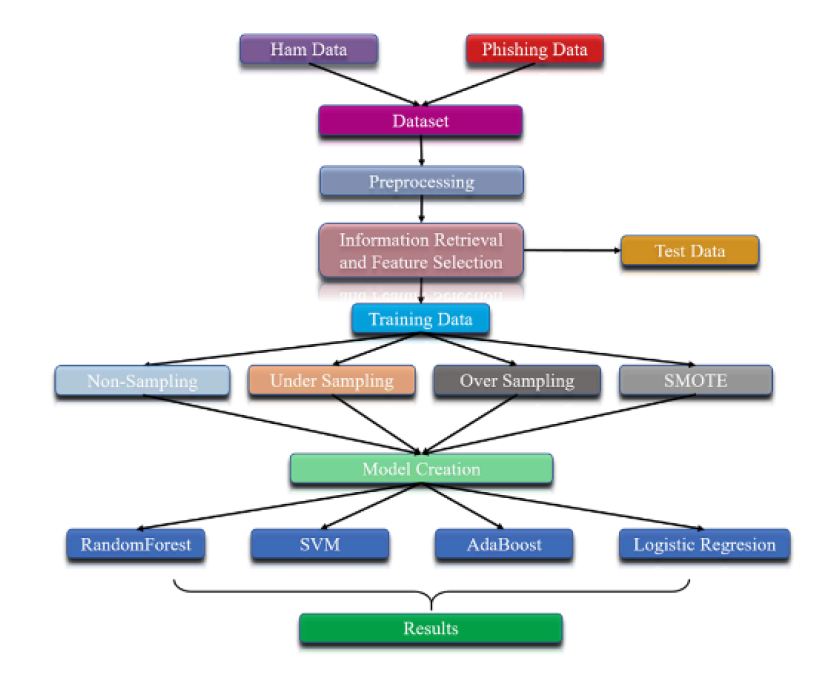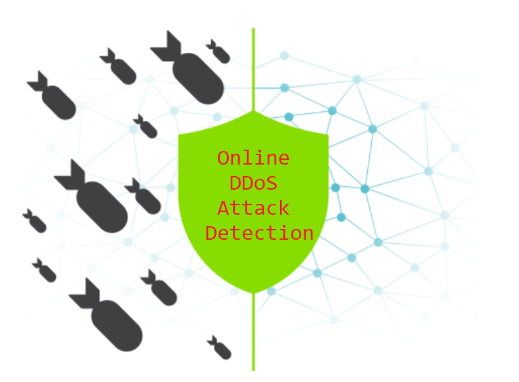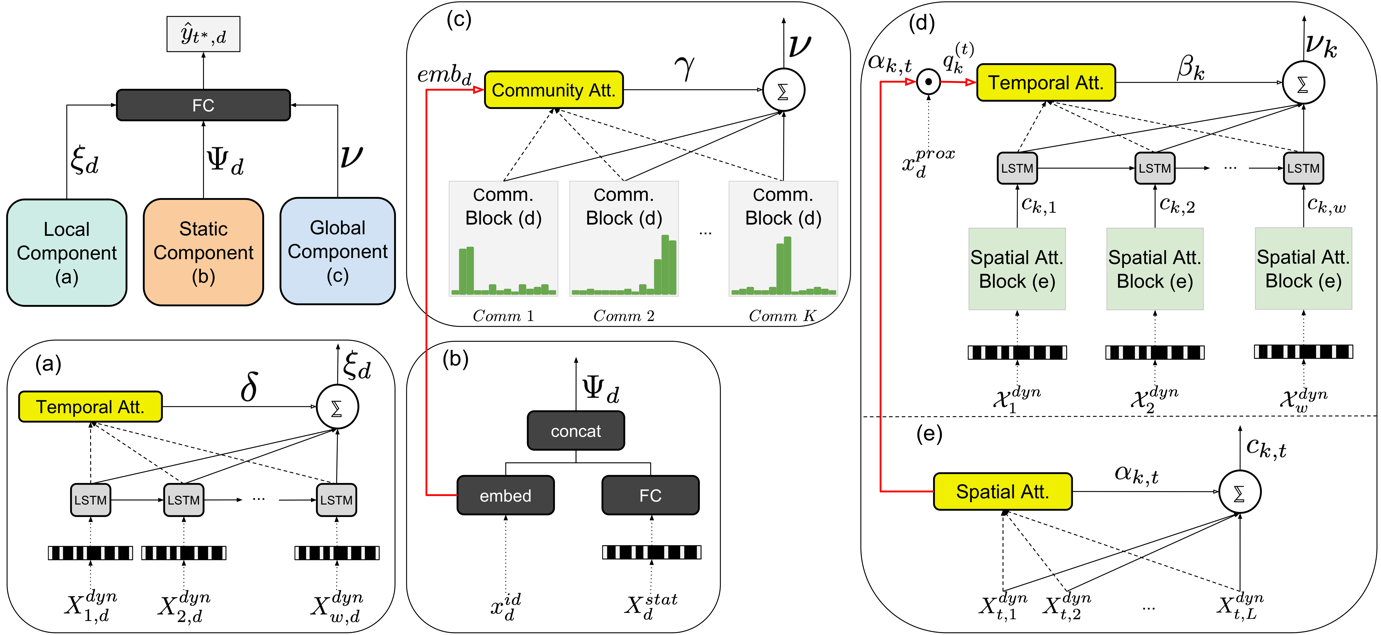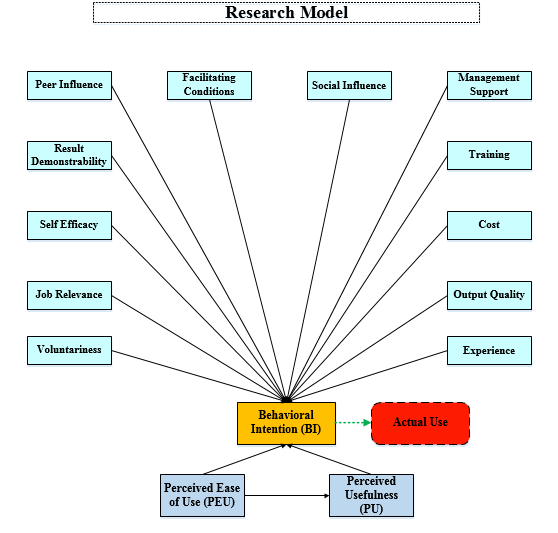Eray Üstün, Acoustic Source Localization Using Quaternion Fourier Transforms with Dırect-Path Dominance Test
M.S. Candidate: Eray Üstün
Program: Multimedia Informatics
Date: 23.01.2020 / 11:00
Place: A-212
Abstract: Acoustic source localization is an important and broadly researched topic since it can be used in robotics, scene analysis and surveillance fields. Acoustic scene analysis can be defined by acoustic pressure and particle velocity. The former one is a scalar value; whereas, the latter one is a vector quantity. Numerous approaches for DOA have been developed using those properties of acoustic waves. There is a 4-dimensional number system, called quaternions, which is an extension of classical complex number system. Quaternions are composed of one scalar component and 3-dimensional vector component. The quaternion Fourier transforms (QFTs) are useful in the sense that they can process components of multi-component signals concurrently. In this thesis, a novel signal model using quaternions is constructed and a novel approach for acoustic source localization are presented. The acoustical sound field is represented by quaternions and it is processed by using QFTs. Direct-path dominance (DPD) test is applied to the result of QFTs and localization task is performed by utilizing geometrical orientation of DOA estimation vectors.




